If old buildings have souls, and I’d like to think they might, I wonder if they dream of being bought over by wildly wealthy owners and lavished with cash.
Tipperary's Cashel Palace already had an excellent pedigree. It was built in 1730 for the Archbishop of Cashel, and once served presumably soft drinks to the 10-year-old Lady Di, as well as presumably harder ones to Richard Burton and Elizabeth Taylor.
However, as noted in these pages, one of the last TripAdvisor reviews before it closed in 2014 read: “Super great. Super quaint. Needs some fixing up.”
Now in the hands of the Magnier family, owners of Coolmore Stud, and arguably the most influential people in horse racing in the world, it sure has been fixed up. Overseen by Susan Magnier, the interiors are by London-based Emma Pearson and the beautiful gardens have been restored and elsewhere revamped by swanky landscape architects del Buono Gazerwitz.
All of that gives Cashel Palace pretty good form, and adds to the anticipation of its reopening. General manager Adriaan Bartels, formerly of Sheen Falls and later the Cliff, shows me around in the company of sales director Karen Fleming as last-minute tweaks tart up original features in the main house, and reveal all sorts of nice delights in the new bedroom and spa wing (where devotees will be delighted to discover Skin by Olga treatments alongside Bamford goos and unguents).
A really high-end hotel is a good place to trend-spot, and from Cashel Palace I predict a decline in pod coffee sales as the rooms are equipped with tasteful pour-over makers. The coffee itself is from Tipperary’s Ponaire.
You'll find a Tipperary connection in the toiletries too – they're by luxury brand Memo, founded by local man John Molly with his Catalan wife Clara. John's mother Veronica makes the award-winning Crossogue Preserves that you'll have for breakfast.
Fine dining in the evening is courtesy of executive chef Stephen Hayes, who cut his culinary teeth at the Merrion and the Cliff, and has more recently been doing his thing at Mikey Ryans, the gastropub next door, also owned by the Magniers.
Gate lodge
The new wing adds to the original 20 bedrooms, while the gate lodge, school house and carriage house have all been restored, giving a total of 42 rooms, eight of which are suites. They are all individually charming, and when you consider that a large part of the target market must be the hopeful owners of mares waiting for a nomination (polite horsey terminology for stallion action) from the likes of Rock of Gibraltar or Australia, they're best described as refined, bling-free ultra luxe, a vibe that extends throughout, including to the orangery and ballroom.
They have even managed to make the gym seem appealing. Bespoke furniture is by William Yeoward, and joinery by Co Kilkenny's Dunmore.
There are equine touches aplenty too, though they are not overwhelming. They have an equine concierge, who I mistakenly think will tend to your horse’s whims, but in reality will help organise trips to visit famous horses or riding at nearby Crossogue Equestrian.
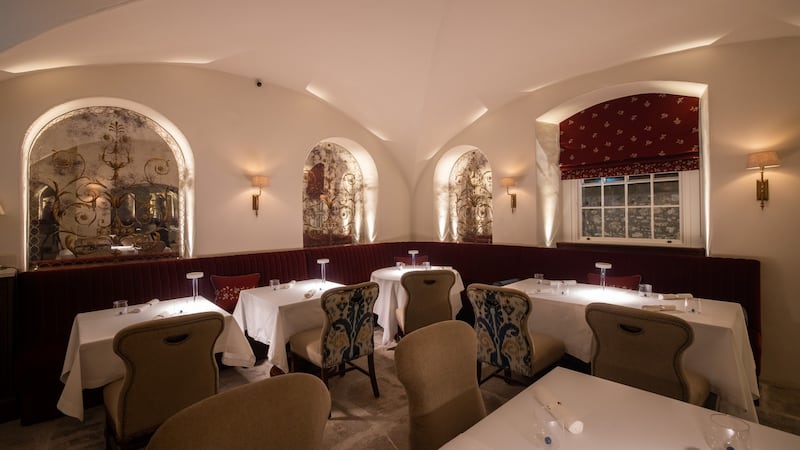
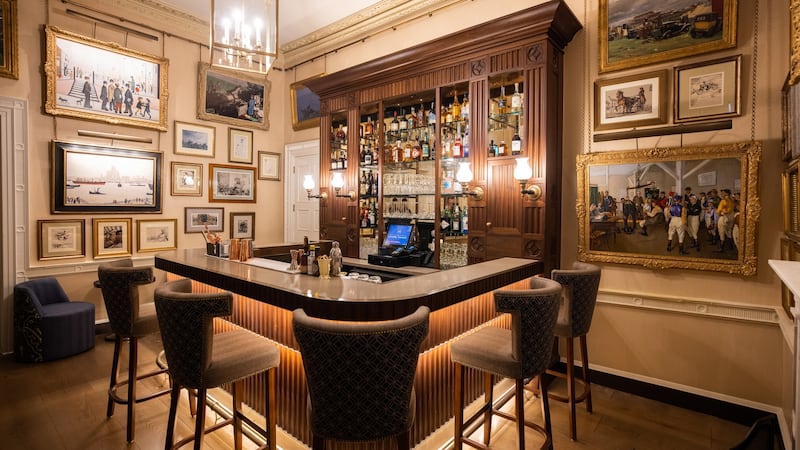
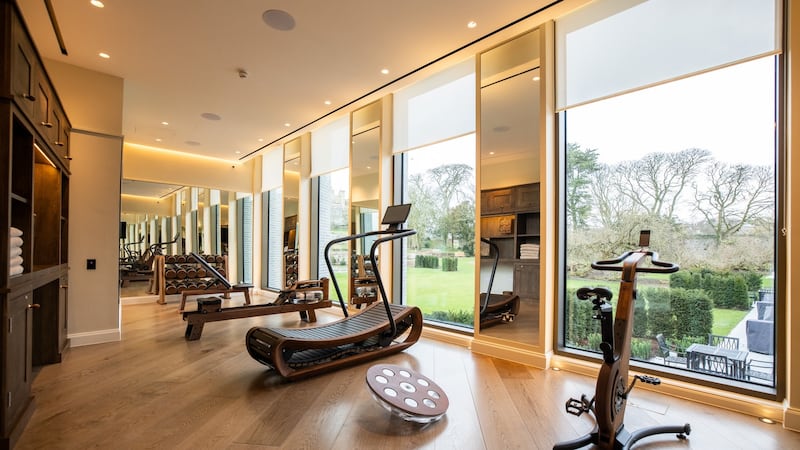
Inside, the horsiness is confined to the odd bit of leather and snaffle detail here and there, photographs, sculptures, and plenty of paintings.
The paintings are interesting in that they’re not, for the most part, original, and they’re also not exactly fake. Put it like this – if you go for tea it’s all right to wear paste if the actual diamonds are at home in your vault.
With Cashel Palace the originals are at Coolmore, which also means that if the Magniers ever have an argument and one of them storms out, they can sleep over down the road and feel quite at home. Or mostly anyway.
The replicas, which include works by Lavery Orpen, Munnings and Lowry, were made by painting over hi-res photographs of the originals, so you get the strangely disconcerting sense of looking at the real thing as if it was just done, but not quite. Give them a hundred years and they should have aged nicely.
Alongside these the antiques are real, almost all are Irish, and they were sourced from sales in Ireland and the UK.
Mulberry trees
Great restoration has also been done in the gardens, which includes keeping pride of place for the mulberry trees, originally planted in 1702 on the instructions of Queen Anne in the hopes that silk worms could be encouraged to do their thing on these shores (it didn't work).
They have also replanted the hops garden, acknowledging the fact that one of the Archbishops at Cashel was the godfather to Arthur Guinness, and that the ancestors of these plants were used here to brew a very early version of "Guinness" (it worked). A cellar Guinness Bar also celebrates this event.
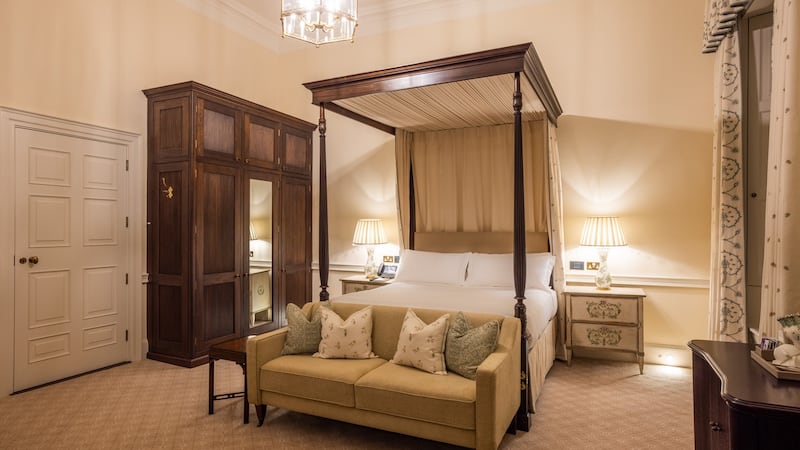
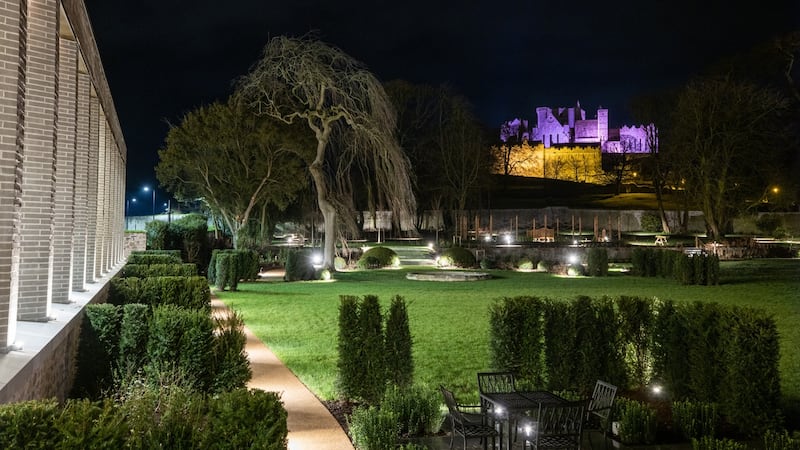
And the best bit? The views of the Rock itself, with its round tower, chapel and cathedral, from the terraces to the rear.
In its former heydays the Cashel Palace was a beloved hotel, stopping off point for travellers, and a local amenity. Its closure created a major gap in this charming town.
Typically in Ireland, tourists and travellers have headed for the coasts. Hotels of the calibre of Cashel Palace are a welcome addition – or, in this case, resurrection – putting this part of the midlands firmly back on the map.












